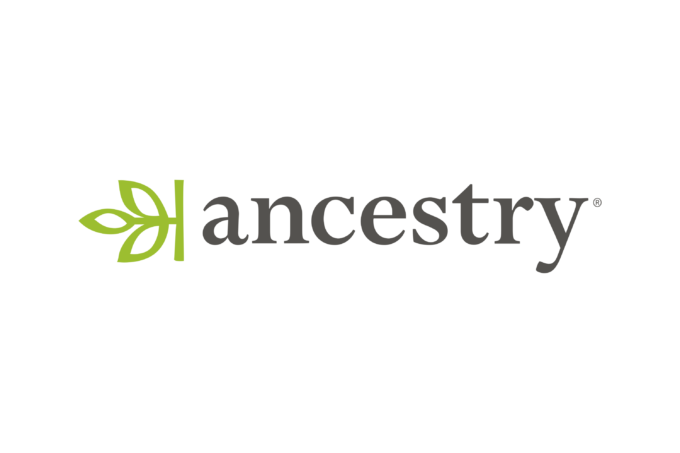 What does it take to hook the reader of a family history article? Is it the opening line, the opening paragraph, or the first page? What can we learn from others’ successes?
What does it take to hook the reader of a family history article? Is it the opening line, the opening paragraph, or the first page? What can we learn from others’ successes?
Below are the opening paragraphs from the first-prize-winners in the last three BIFHSGO quinquennial writing competitions.
Who was Annabella Chatterton? by Carol Annett
“Who’s in these photos?” This question can uncover surprising stories about
ancestors if you ask the right person. That’s what happened when I posed
the question to my mother-in-law, Velma Annett, who preferred to be called
Vel. At least once a week, she would telephone my husband, Richard. If I
answered, Vel chatted with me briefly before asking, “Is he there?” which
was my cue to pass the phone to him.
The Travels and Trials of Adam Logan, Dairyman by Claire Callender
By the time she married in 1930 at the age of 24, my granny, Anna Logan, had lived in more than 24 places. Not neighbouring places in the same parish, or different streets in the same town, but places all over Britain from Caithness in the very north of Scotland to Essex in southeast England.
Adventures of a Library, by Adrienne Stevenson
How many of us can relate to our ancestors? Many of our values and desires differ from theirs—our world has changed greatly since their time. So, when something from the past strikes a chord, it’s worth pursuing. A common love of books led me to investigate the story of the celebrated library of Robert Addison, missionary to the Mohawks and minister at Niagara (now Niagara on-the-Lake) from 1792 to 1829 and my great-great-great-greatgrandfather. When I first studied the subject, in the late 1980s, hearings challenging the rightful ownership of these books went as far as the Supreme Court of Ontario, but the debate was far from resolved. Now that it has been settled,
the whole story can be told.
Based on those, ChatGPT produced the following.
Three Hints for Opening Paragraphs in Family History Writing
1. Start with a hook that invites curiosity — a question, contrast, or striking fact.
Each article opens with something that immediately makes the reader lean in:
-
“Who’s in these photos?” — a simple question that signals a mystery.
-
“By the time she married… she had lived in more than 24 places.” — a surprising statistic.
-
“How many of us can relate to our ancestors?” — a reflective question about a universal experience.
Hint:
Use an intriguing question, unexpected number, contradiction, or vivid statement to make the reader want to know more about the ancestor.
2. Connect the ancestor’s story to the present through a personal gateway.
Award-winning articles don’t start with names and dates — they begin with you, the researcher, and how you encountered the story:
-
A phone call from a mother-in-law.
-
A granny’s unusual life pattern.
-
A shared love of books that bridges generations.
Hint:
Ground the story in a moment from your own research or family experience. This creates emotional entry points and shows why this ancestor matters today.
3. Establish the stakes or scope early — hint at the journey ahead.
Each opening paragraph telegraphs what kind of story is coming:
-
A mystery behind unidentified photos.
-
A life lived across an entire country.
-
A library contested up to the Supreme Court.
Hint:
Signal the scale, tension, or theme early on — migration, hardship, mystery, conflict, accomplishment — so the reader knows this is more than a list of facts; it’s a narrative with a trajectory.



 New this week:
New this week: London Metropolitan Police Attestation
London Metropolitan Police Attestation Branch members are invited to attend the annual Christmas Social and Dessert Potluck on Saturday, 13 December, from noon to 2 pm at Room 226, City of Ottawa Archives, 100 Tallwood Drive, Ottawa.
Branch members are invited to attend the annual Christmas Social and Dessert Potluck on Saturday, 13 December, from noon to 2 pm at Room 226, City of Ottawa Archives, 100 Tallwood Drive, Ottawa. It’s from the
It’s from the  An update for Scotland and Northern Ireland follows the update to the England and Wales, Death Index, 1989-2025 mentioned in Sunday Sundries.
An update for Scotland and Northern Ireland follows the update to the England and Wales, Death Index, 1989-2025 mentioned in Sunday Sundries.